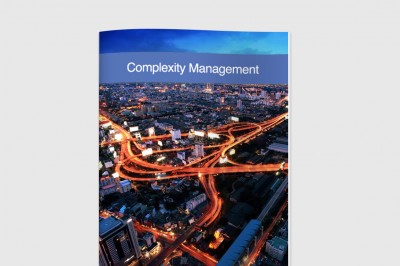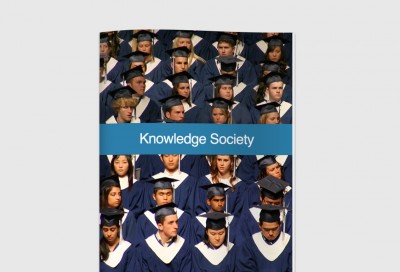Governance Analysis Working Paper
We live in interesting times, one that is often contextualized as being a transition period as on the one hand our traditional industrial age systems of organization reach the end of their life cycle, show signs of faulting and becoming redundant, while on the other new networked information based systems of origination are being born and this chasm between the two is nowhere more prominent than within the domain of social governance. The world of the 21st century presents us with a plethora of challenges that hardly need listing we are so aware of them, in the face of the complexity of these challenges our industrial age systems of organization appear fundamentally incapable of offering solutions, their inherent logic seems to stay bringing us back to insurmountable contradiction.
The rise of information technology is presenting us with new possibilities for social organization that were previously unavailable, they replace a dependency on centralized organization and enable much more direct person to person, peer-to-peer, forms of collaboration out of which networks emerge in an organic bottom-up fashion. These networked organizations are much more dynamic and normalized for the nonlinear volatile environments we are increasingly presented with. In these new forms of networked organization we can see the future and an alternative to the mass, centralized systems of organization inherent to the industrial age, they represent a new form of organization that seems aligned with the emerging context of the information and knowledge age.
The question then turns to how do we bridge the gap between industrial age institutions of governance and these new forms of network organizations? In this paper we present a solutions framework for the next generation of social governance based upon complex systems theory that tries to answer this question and present a more coherent understanding to the direction of models for governance in the 21st century.











